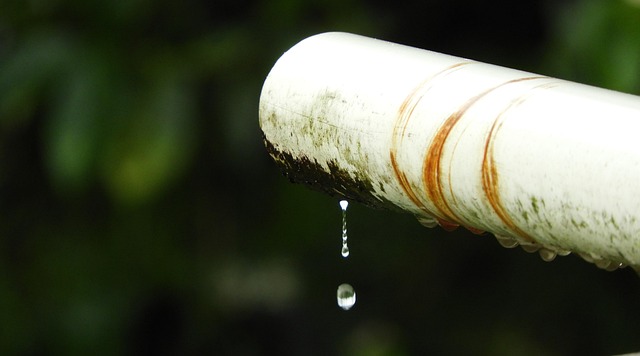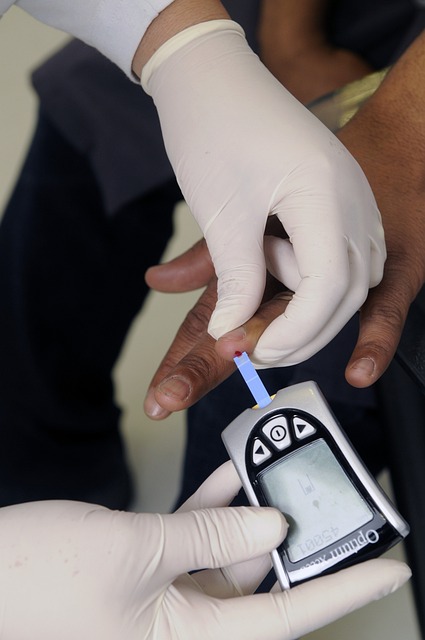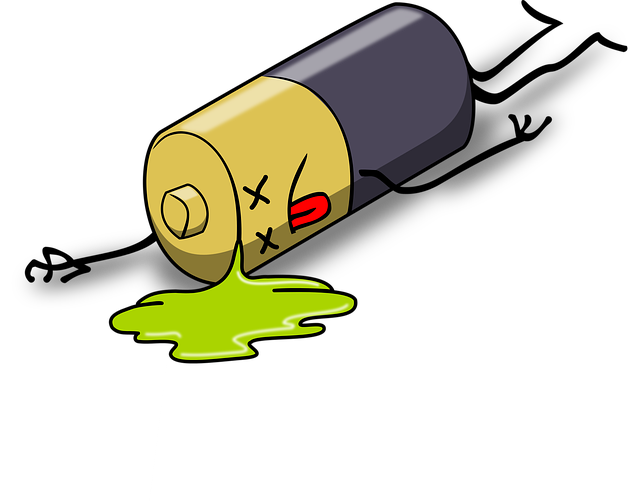Plumbing leaks, caused by aging pipes, corrosion, poor installation, or high water pressure, can be costly and frustrating. Early detection is crucial for efficient troubleshooting. Professional plumbers use advanced tools like moisture meters, infrared cameras, and radar systems to identify leak types (pipe, toilet, sink, appliance) and distinguish emergencies from non-emergencies. Temporary fixes only address immediate issues; permanent solutions require professional leak detection services to rectify root causes. Modern technology, such as smart sensors and robotic devices, enhances accuracy and minimizes damage. Regular maintenance, including pipe inspections and water-saving measures, prevents leaks and saves costs.
Plumbing leaks can cause significant damage and unnecessary expenses if left unattended. Understanding common causes, such as corroded pipes or faulty fittings, is crucial for effective leak detection. This article explores various plumbing leak solutions, delving into leak detection methods, from traditional tools to advanced technology. Learn when to call a plumber and discover temporary fixes versus permanent solutions for different types of leaks, along with preventive measures to safeguard your home from these pesky issues.
Understanding Plumbing Leaks: Common Causes and Types

Plumbing leaks can be frustrating and costly, but understanding their causes and types is a crucial first step in effective leak detection. Common plumbing leak causes include aged or damaged pipes, corrosion, poor installation, and excessive water pressure. Over time, these issues can weaken pipe structures, leading to cracks or bursts that result in leaks.
There are several types of plumbing leaks, each requiring specific attention. Some of the most common types include pipe leaks, which often manifest as dripping or continuous flows; toilet leaks, typically caused by faulty flappers or fill valves; and sink, faucet, or appliance leaks, usually due to worn-out gaskets, O-rings, or seals. Timely identification of these leak types is key to implementing the right solutions for effective leak detection and repair.
Leak Detection Methods: Tools and Techniques for Professionals

Professional plumbers employ a variety of tools and techniques for effective leak detection, which is a crucial aspect of their work. One common method involves using moisture meters to identify wet spots behind walls or under floors. These devices measure electrical impedance, indicating water presence. Visual inspection with infrared cameras is another powerful tool, allowing plumbers to see through surfaces to detect leaks hidden from plain sight.
Additionally, they might use acoustic detection methods by listening for unusual noises that could signal a leak, such as dripping sounds behind walls or bubbling in pipes. Smell is also a crucial sensor; the distinct scent of mold or mildew can indicate moisture and potential water damage. Plumbers may also employ more advanced technologies like radar and sonar-based systems to pinpoint leaks within complex piping structures.
When to Call a Plumber: Recognizing Emergency and Non-Emergency Situations

When faced with a potential plumbing leak, knowing whether it’s an emergency or a non-emergency situation is crucial for effective and timely action. Recognizing the difference between these scenarios can help prevent further damage and save on repair costs. For instance, if you notice a sudden gushing sound from pipes or a significant drop in water pressure, this could indicate a burst pipe—a plumbing emergency that requires immediate attention to avoid extensive water damage. In such cases, it’s best to call a plumber without delay.
On the other hand, slow leaks or minor dripping issues are typically non-emergency situations. While these should still be addressed promptly to prevent escalation, they often allow for more flexibility in scheduling repairs. Regular leak detection can help identify and mitigate these problems before they turn into major crises. For non-emergency cases, contacting a plumber at your convenience allows for thorough assessment and the implementation of appropriate solutions without the pressure of time constraints.
Temporary Fixes vs. Permanent Solutions: What Works Best for Different Leaks

When faced with a plumbing leak, homeowners often turn to temporary fixes as a quick solution. While these band-aid methods can stop the immediate flow of water, they don’t address the root cause. A common temporary fix is using a bucket or placing towels under the leak to catch dripping water. For minor leaks, this might suffice for a short time, but it’s not a sustainable solution. Another quick remedy is turning off the main water supply valve, which can cut off the leak’s water source until repairs can be made.
Permanent solutions, on the other hand, require professional leak detection services to identify and fix the initial issue. These comprehensive methods involve inspecting pipes, checking for corrosion or damage, and repairing or replacing faulty components. Unlike temporary fixes, permanent solutions don’t just mask the problem; they eliminate it, preventing future leaks and potentially saving money in the long run. Investing in these solutions is particularly beneficial for severe or recurring leaks, ensuring a more efficient and cost-effective approach to plumbing maintenance.
Advanced Technology in Plumbing Repair: Innovations in Leak Detection and Repair

In the realm of plumbing repairs, advanced technology has revolutionized leak detection, offering more efficient and precise solutions than ever before. Innovations such as smart sensors and non-invasive scanning tools have transformed how leaks are identified, especially in hard-to-reach areas. These technologies can detect even the smallest droplets of water seepage, providing plumbers with real-time data to pinpoint the exact source of a leak. This not only saves time but also minimizes damage by allowing for quick, targeted repairs.
Furthermore, modern plumbing repair techniques leverage high-tech tools like advanced cameras and robotic devices for complex repairs. These innovations enable professionals to navigate intricate pipes and tight spaces without causing further disruptions or damaging surrounding structures. By combining these cutting-edge technologies with traditional expertise, plumbers can offer effective, long-lasting solutions for leak detection and repair, ensuring homes and businesses remain water-tight and efficient.
Preventive Measures: Tips for Homeowners to Avoid Plumbing Leaks

Regular maintenance is key to avoiding plumbing leaks. Homeowners can take several preventive measures, such as inspecting pipes for signs of corrosion or damage and ensuring all fixtures are properly sealed. Checking for leaks in the basement or crawl space, where pipes are often exposed, can help catch issues early. Additionally, using water-saving appliances and fixing any dripping taps immediately can reduce strain on plumbing systems, lowering the risk of leaks.
Installing leak detection systems is another effective strategy. These devices can alert homeowners to potential problems before they turn into costly repairs. Regularly testing these systems and staying vigilant about unusual noises or smells from pipes can further enhance prevention efforts. Remember, proactive measures like these not only save money but also minimize disruptions caused by plumbing leaks.
